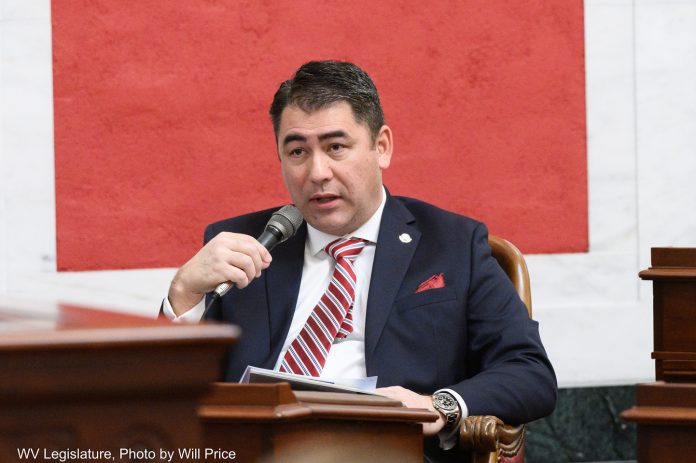Today, the Joint Committee on Health met for a presentation on Certificate of Need (CON).
First, the committee heard from the West Virginia Healthcare Authority. A volunteer board, through the authority, is responsible for final decisions regarding certificate of need applications, determining reviewable requests, and reviewing any optional violations. The CON process takes anywhere from 60 days to several months. In 2024, the authority processed 35 applications.
The West Virginia Hospital Association presented next. The Association explained that 75 percent of patients are covered by government programs, Medicaid, Medicare, and PEIA. These programs pay below the costs of private insurance. The Association stated that these lower payments restrict the ability to recruit and retain providers. The Association noted that CON is not a barrier to expanding healthcare services. It was stated that West Virginia’s ruralness and sparse populations make it difficult to ensure economically viable services. The Association noted that existing hospitals have expanded services, three hospitals have opened in the last three years, and support programs are available for community needs.
West Virginia is one of 38 CON states. The Association stated that in the last six years, CON has modernized care in the state with more diagnostic care, increasing outpatient care, and exempting birthing centers and hospital services on existing campuses from CON.
Next, a researcher from the Knee Center at West Virginia University provided a presentation on CON studies. He explained that the original goal of CON was to prevent over-providing services such as ambulance services, radiation, hospice, substance abuse treatment services, psychiatric care, and burn care.
He mentioned that the CON process can take months and cost thousands of dollars. In 20 of the CON states, the boards allow 13 incumbents to sit on the board, but WV does not. The boards allow competitors to weigh in on the CON process in most states. CON has a formula including percent utilization. Utilization percentage can prevent CON applications from being approved when hospitals have extra empty beds, competitors can refuse transfers, and differential rules.
According to the researcher, data from 448 tests associate negative results in CON states, including higher spending per service, diminished availability of services, and diminished quality of service. He stated that CON has not affected employment or wages, except for a CEO who received a pay cut. He stated that hospitals do not close with the repeal of CON.
The Pacific Legal Foundation presented that in the last five years South Carolina, Oklahoma, and Montana have all repealed CON. This year several bills have been introduced across the United States for CON repeal. Many states are struggling with an aging population and restrictive healthcare. The Foundation stated that repeal has seen more hospitals open and stay open. Repealing CON has allowed for more clinics, which has allowed nurses to complete clinical hours. Some states have passed legislation exempting rural areas from CON since more services are needed there. The Foundation spoke on the cost-shifting being a myth and that it assumes everyone who needs care is already getting care, which is not true. Although health care is not a free market, it responds to free market principles.
Finally, a presenter from the Cardinal Institute spoke on CON requiring all new and existing healthcare providers to receive permission from a government agency to build, expand, offer new, or update provided services. To the Institute, CON limits the expansion of healthcare. West Virginia has CON moratoriums with few exemptions. CON requires patients to travel farther for care and causes rural areas to struggle with access to care. Patients may travel out of state because it is closer than an instate hospital. Application fees in some states can be $1,500 to $35,000. The presenter noted that without CON hospitals saw higher ratings and that there were lower post-surgery complications.

